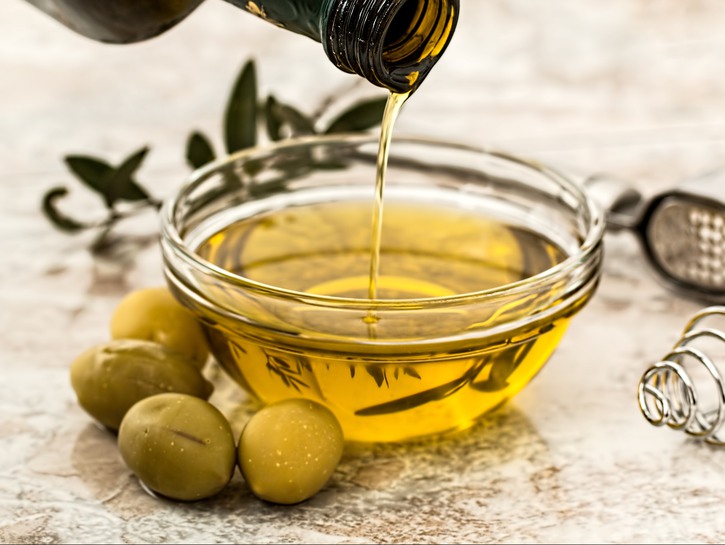We’ve all been puzzled with cooking before and it doesn’t help that there are so many alternatives and substitutes for certain ingredients. Have you ever wondered why some recipes call for vegetable oil and some call for olive oil? If you’re anything like us, you’ve made the mistake of thinking the two are interchangeable, ending up with a less than appetizing finished product.
What’s the difference between the two oils and when can we use them?
Olive oil has received the reputation as the “healthy oil.” While most olive oils are rich in monounsaturated fats and contain some antioxidants, it cannot be swapped in for vegetable oil when you want to make a dish a little more healthy.
Olive oil has a low smoking point, making it hard to use with recipes requiring high heat, like pan-searing and stir fries. Steer clear of olive oil if you want to sear meat or veggies.

However, olive oil is excellent when used fresh, due to its delicious flavor. Sprinkle it on top of fresh veggies or a caprese salad for a wonderful Mediterranean feel.
It is a healthy alternative to other oils when it comes to low to moderate-heat cooking.
Vegetable oil and others like it (canola oil, grapeseed oil, and peanut oil) have a higher smoke point, making them a great fit for high-temperature cooking, like searing meat and vegetables. Their flavors are also less assertive and are a good use for making mayonnaise or popping popcorn.
What oil do you love to cook with? For more on oils, check our in-depth list of vegetable oil alternatives.
